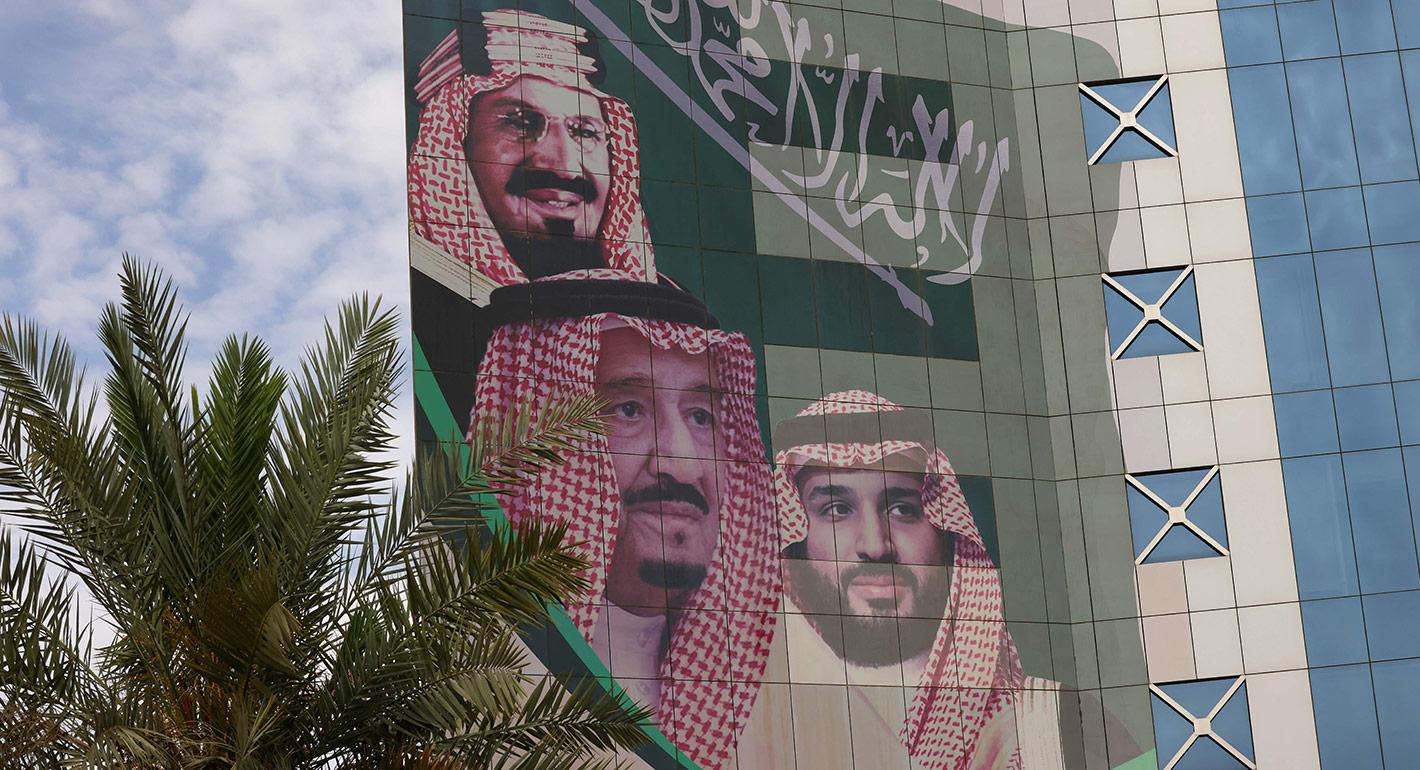Analysts are keen to examine how the recent Chinese-brokered agreement between Saudi Arabia and Iran will impact regional politics. However, more attention should be devoted to understanding the factors that could enable Saudi Arabia and Iran to overcome their political and sectarian differences and maintain their restored ties.
As both countries work to generate economic opportunities, shared economic interests could cement renewed relations. Crown Prince Mohammed bin Salman has pledged to start a new era of economic reform, which is a vital priority for the Kingdom. Iran, on the other hand, has long felt left behind as a result of economic sanctions. These two dynamics may come together and pave the way for the future prosperity of both nations. One example of this is increased trade, with Tehran aiming for at least $1 billion in trade with Saudi Arabia. Moreover, Saudi Arabia aims to attract 100 million annual visitors by 2030; restoring direct flights to Iran could increase the exchange of tourists to the benefit of both countries.
Furthermore, the presence of a mutually trusted partner as a mediator between Saudi Arabia and Iran can facilitate greater cooperation. Saudi Arabia maintains strong political and economic relations with China, and Beijing is the Kingdom’s largest trading partner. Moreover, China has supported Iran despite US-imposed sanctions, reinforced trade relations, and backed Iran in international forums. For China itself, ongoing mediation is crucial because it will enhance Beijing’s image as a global peacemaker and establish an environment that is favorable for continued Chinese investment.
Domestically, Saudi Arabia and Iran both have large youth populations, with 63 percent of the Kingdom’s population under thirty and 60 percent of Iran’s population under thirty. Youth in both countries hope for job creation, domestic development, and deepened ties with the international community. A possible approach is to establish academic and cross-cultural exchange programs that will encourage better understanding and appreciation for one another’s cultures.
The Saudi government, for its part, is working on integrating youth through developing multiple sectors, including tourism, healthcare, and education. The Saudi Vision 2030 plan aims to develop the country’s non-oil economy and create job opportunities for youth. Some survey data indicates that 97 percent of young Saudis believe that the Crown Prince is a strong leader, and 90 percent think Saudi Arabia is moving in the right direction.
Iran, on the other hand, has experienced a wave of youth-led demonstrations that evolved into a national uprising demanding freedom and fundamental political and economic reforms. According to survey data, 65 percent of young Iranians said they had little confidence in President Ebrahim Raisi’s capacity to address the issues that matter most to them, and 77 percent said they do not see prosperity in their future. Thus, the divergent attitudes of citizens in Saudi Arabia and Iran will make it challenging for the leadership of both countries to identify common ground for cooperation on domestic development.
Although there are sufficient reasons for hope, there are still significant challenges to be tackled. The hostility between Iran and Saudi Arabia has led to a number of conflicts, including proxy wars in a number of countries such as Yemen and Syria. Therefore, for stability in the Middle East, it is crucial to keep the proxies in check since these groups have the ability to hinder diplomatic progress. Other external influences, including American and Russian interests, may also act as an obstacle to the relationship’s development and the long-term effectiveness of the agreement.
Overall, there are signs pointing to both hope and skepticism in the renewal of relations between Iran and Saudi Arabia. In this context, it is crucial to prioritize cultural diplomacy and exchange, domestic development, and economic integration for a peaceful path forward.
Lujain Alotaibi holds a master’s degree in political science from George Mason University. Follow her on Twitter: @LM_Otaibi.


.jpg)



